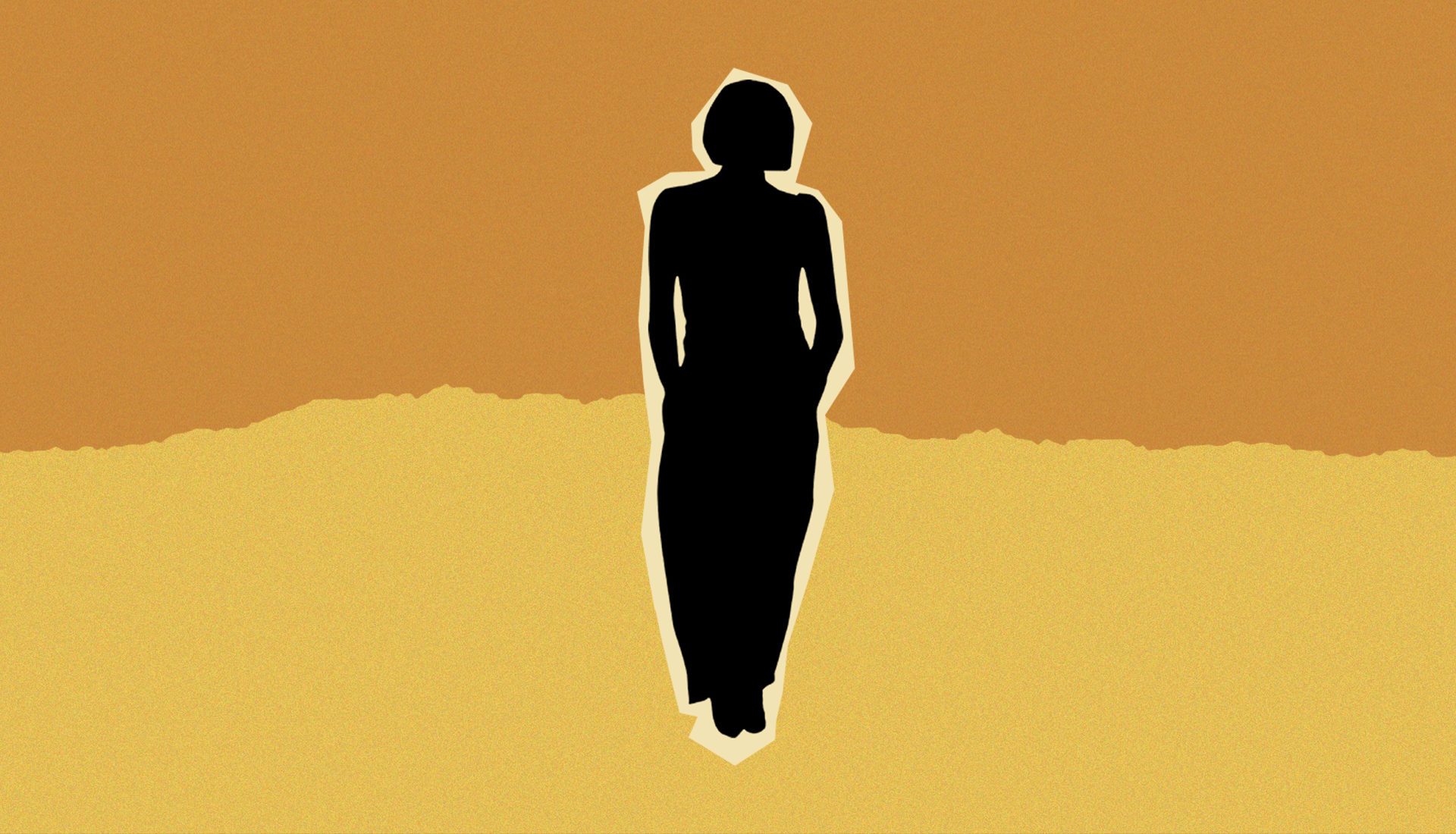Body positivity’s less militant cousin, ‘body neutrality’, could be poised to take over Gen Z’s affections.
The body-positivity movement has lived comfortably in mainstream media for a while now. In the past 20 years, tides of public sentiment have turned vehemently against the ‘waif look’ of the 90s, sparked by feminists rightly protesting that this was an ideal unattainable for most women. The remedy was to publicly and actively celebrate bodies of a variety of different sizes.
Body positivity is touted as a force that unites those who have bodies that fall outside the range of socially acceptable and desirable archetypes. From the inclusion of plus-size models like Ashley Graham and Tess Holliday in high profile campaigns by retailers such as Fenty and Abercrombie & Fitch, to the featuring of a range of body types in HBO’s wildly popular Euphoria, media stunts and TV shows are only considered diverse these days if they showcase bodies of all shapes and sizes.
Recently this inclusion has traversed gender lines, as highly commercial brands like ASOS have begun to include male plus sized models in their campaigns.


Gen Z has grown up in this environment of acceptance, as the movement has worked to dismantle generation old structures that constrict perceptions of beauty. Ostensibly, body positivity is about rejecting external narratives about what your body should look like in order to focus on generating your own self-love. But whilst the movement is for people of every size, race, and gender – and a genuine force for good in many people’s lives – it offers little in terms of examining why people have complicated relationships with their bodies in the first place.
These days, body positivity seems to have drifted from a radical discourse to something more closely resembling a marketing strategy. Companies (particularly female-facing ones) are increasingly clambering to be seen as the ‘most’ body positive.
Dove is famous for its diverse choice of models, and for creating content that apparently aims to bolster women’s self-esteem at the same time as selling products. ‘Evolution’ was a 2006 Dove campaign that showed a time-lapse of a model being photoshopped; and ‘Real Beauty Sketches’ featured a sketch artist drawing woman based on their self-descriptions and then based on a description given by someone else. This, of course, ended in a heart-warming side by side reveal.
As Amanda Mull rightly points out in this article for Vox, ‘the cultural narrative about women’s bodies was so bad that simply identifying the problem would get Dove full credit and move plenty of product’. The act of talking about a broad cultural narrative whilst refusing to actually identify its causes – for example, the persistent tendency of the media to discuss female politicians and business women in terms of their appearance and attire – leaves the blame squarely on the shoulders of the women who had the temerity not to love themselves sufficiently.
What the body positivity movement often overlooks is the vast experiential divide between inhabiting a body and observing one. Whilst it’s perfectly possible to look at someone else’s form and appreciate the beauty in it, and to feel proud of them for observing this beauty themselves, it’s entirely something else to extend those feelings to yourself. But in 2019, the way you feel about your own body as a woman is no longer confined to just you.
When you hold a small grudge against your stretch marks or the way your thighs rub together, you’re not just passing judgement on yourself but, according to the body positivity movement, on every other woman that looks like you. And, in a world that specifically prescribes that your womanly duty is to uplift and appreciate one another, there can be no greater sin. Not only am I letting myself down when I feel less than elated with my body, I’m also letting down my contemporaries and loved ones.
This produces the paradoxical situation whereby on the (hopefully rare) occasions that you feel bad about the way you look, you can then find yourself also feeling bad about the act of feeling bad. What would my body positive friends think if they found me cursing my arm flab and wishing I looked different? What chastisements would they prepare if they knew I’d skipped breakfast this morning?
This creates a cycle of toxic thinking that is arguably just as bad as the original negative self-talk itself. Not only are you not dedicated enough to set down a healthy gym routine, you’re also not morally and spiritually robust enough to love yourself for who you are. Not only do you hate the way you look, you’re also fab-phobic, patriarchal, and a slave to mainstream media for doing so.




















